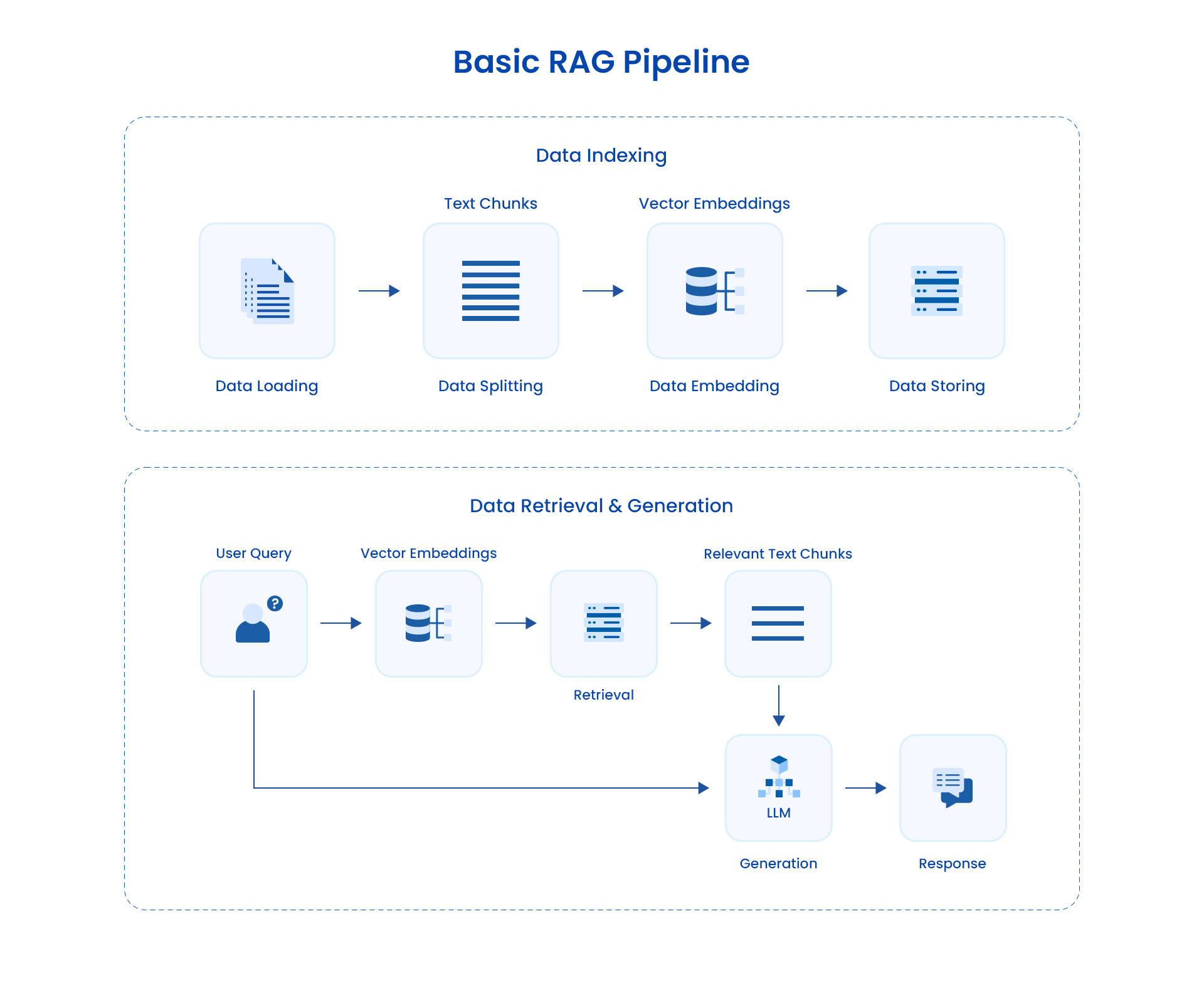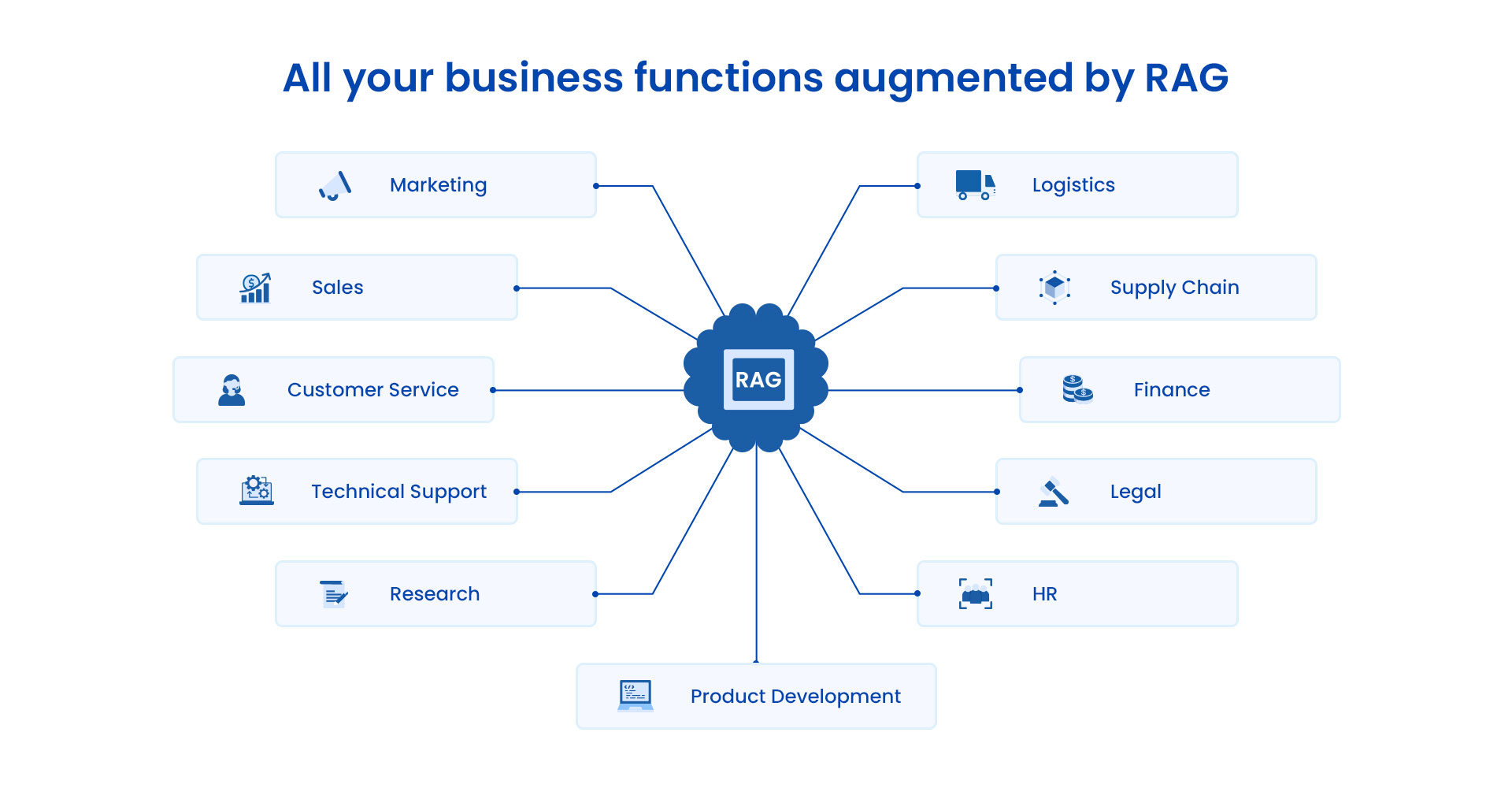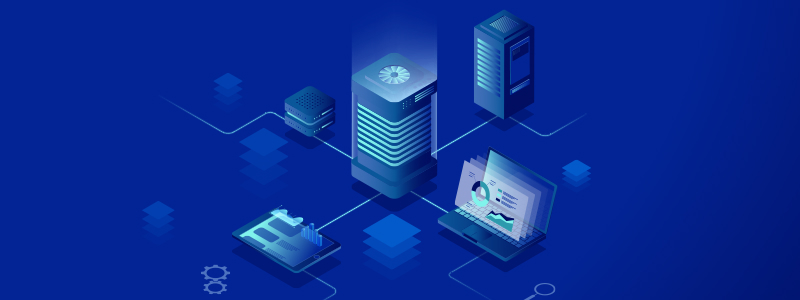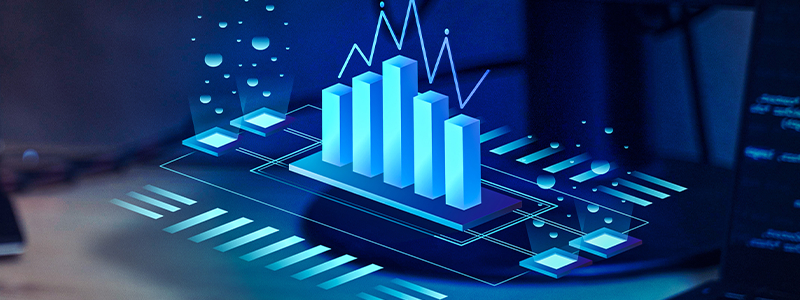
How a RAG Pipeline Transforms Your Data into Discoveries
The GenAI revolution is well and truly here. To take inspiration from our favorite comfort show, Gilmore Girls, “It’s GenAI’s world, and we’re just living in it.”
In fact, McKinsey reports the number of organizations regularly using GenAI has doubled in ten months between their 2023 and 2024 surveys. What’s more, PwC surveyed CEOs of companies who have adopted GenAI, and 89% believe GenAI is significantly changing the way their companies create, deliver, and capture value.
Considering the proliferation of AI and the optimism surrounding it, you may be tempted to think that AI, or more specifically, Large Language Models (LLMs), can help your organization create value without any additional tinkering. But to really maximize its benefits, you need a RAG pipeline.
Sure, GenAI is helping people do imaginative things like play DND, customize workout plans, and write 90s gangster rap-style diss tracks about their friends but in old English (thank you, Reddit, for this entry). But when it comes to your organization, LLMs need some help from friends like RAG to cater to your unique business needs.
An Overview of RAG
RAG, short for Retrieval-Augmented Generation, is a term coined by Patrick Lewis in his 2020 paper for Meta’s AI Research. Think of RAG as a framework that brings together conventional information retrieval systems such as databases and the generative capabilities of LLMs. By doing so, RAG “augments” the natural language skills of your LLM with business-specific knowledge so it can generate responses that are more accurate, up-to-date, and hyper-relevant to your specific needs.
In other words, RAG is a clever way to ensure any LLM of your choice can be well-versed in your business data for a variety of internal and external use cases. It also saves you the trouble of training an LLM from scratch or fine-tuning it using your dataset.
Using RAG, you can make your AI applications agile and responsive to new developments by augmenting an LLM with your business data. Plus, RAG provides your LLM solutions with real-time data access, preserves your data privacy, and helps mitigate LLM hallucinations. Some popular implementations can be chatbots, customer service, or enterprise search.
Read more: What is Retrieval Augmented Generation (RAG)?
But…what is a RAG pipeline?
Now that we’re all caught up on why RAG is oh-so-awesome, let’s talk about what a RAG pipeline is.

- A RAG pipeline works like an assembly line in a factory. All your unstructured data, stored in all sorts of formats across your databases and data lakes, serves as the
- In the most basic of RAG pipelines, this data goes through data indexing, where it is split into chunks of text, embedded in vectors, and stored in a vector database (a vector db allows for fast retrieval of information). This database is the destination of the pipeline.
- The next step is data retrieval and generation, which happens whenever you send a query. Based on the query, the vector db sends the most relevant “chunks” to the LLM.
- The LLM does its magic by combining its language processing prowess and the contextual information (from the database), and Voila! You get a response with accurate information and relevant context.
Why RAG Is All the RAGe,
According to McKinsey, as much as 47% of the organizations using GenAI are doing so with significant customization or by developing their own model. With nearly half of the pro-GenAI organizations investing in customizing LLMs or developing their own models, it’s clear why RAG is the next big thing. Case in point, the RAG market size is expected to grow at a CAGR of 44.7% in the next five years!
Let’s look at some of the upsides of RAG pipelines for enterprises to understand the hype:
Access to Data in Real-Time, Every Time
Imagine you ask your Head of Sales about last quarter’s sales, but he responds, “I’m afraid I don’t have access to recent information. My LLM was only trained on data from two years ago.” Your reaction will either be, “Why do I pay you the big bucks, Phil?” or “Gosh, I should have listened when my CTO said we should set up a RAG pipeline for enterprise search.” The moral of this story is to invest in RAG.
Disclaimer: Any resemblance to any Phils working in sales is purely coincidental. Our legal team says we can’t be sued for defamation if we add this disclaimer.
Bad jokes aside, RAG ensures your LLM always has access to the latest information. Since your organization is always generating new data, all you have to do is update the database, and your RAG pipeline will handle the rest, ensuring you get accurate and up-to-date responses every single time.
Your Private Data Remains Private
RAG also solves data confidentiality, a crucial problem that enterprises face when feeding data into public LLMs. By setting up a RAG pipeline, you don’t have to worry about your private enterprise data popping up in random ChatGPT responses. You can leverage the LLM of your choice (so Phil doesn’t embarrass himself in the next meeting) while ensuring your sensitive data is stored safely and privately.
No More AI Hallucinations
One common problem with LLMs is that they sometimes hallucinate. What happens is that when LLMs lack relevant factual information, they tend to generate flawed yet convincing responses, i.e., they hallucinate. The good news is that RAG solves this problem by providing them with relevant and factually correct data.
Build and deploy your RAG with Astera
Unlock the full potential of your private data while keeping it private by pairing it with GenAI. Implement your very own RAG with Astera.
Discuss your RAG project with us.Why RAG Pipelines Are the Future
McKinsey reports that GenAI adoption is the highest in marketing, sales, and IT functions. However, RAG pipelines allow for GenAI adoption across a wider range of functions, such as:
Customer Support & Service
With a RAG pipeline, your customer support teams can access information from knowledge bases, FAQs, and customer histories to deliver real-time, accurate responses to customer queries, reducing wait times and improving customer satisfaction.
Marketing & Sales
RAG empowers your marketers to analyze and retrieve customer insights, product reviews, and market trends from multiple sources to support more targeted campaigns based on real-time data and analysis. Similarly, your business development teams can leverage RAG to tailor their pitches using updated customer data and product information.
In fact, 71% of businesses have seen revenue increase by adopting AI in their marketing and sales functions. Imagine how much more they could achieve with RAG.
Research & Product Development
Using RAG, research and development teams can draw insights from customer feedback and analyze market trends, competitors, and industry developments to develop new features or refine existing ones. This not only leads to informed strategic decisions but also ensures that your innovation cycle keeps up with market needs.
HR, Legal & Finance
Operational functions like Legal, HR, and Finance deal with legal docs, compliance guidelines, regulations, and policies, on a regular basis. With a RAG pipeline, your teams can instantly retrieve the relevant insights for prompt decision-making.
Supply Chain & Logistics
For supply chain and logistics teams, RAG pipelines can help monitor supply chains by retrieving and analyzing relevant data from multiple sources, such as ERP systems, supplier communications, and external docs. This helps reduce bottlenecks, optimize logistics, and improve efficiency. In fact, early adoption of AI in the supply chain has led to a 20% inventory reduction and a 10% cost reduction, and RAG can multiply these gains.

Time to RAG n’ Roll
Long story short, RAG pipelines offer a ton of AI and automation benefits while addressing common enterprise concerns with public LLMs. With RAG, you can leverage the best of GenAI without compromising your data confidentiality. Moreover, RAG has a wide range of applications, from marketing to supply chain, which means you can do test runs by developing and deploying a RAG pipeline in one of your functions before implementing it enterprise-wide.
Concerned about the development and deployment of RAG pipelines? You might think you need tens of AI experts working day and night to build your RAG pipeline. But you can replace AI experts with business users and day and night with minutes because Astera makes RAG building a whole lot simpler.
Astera makes developing and deploying a RAG pipeline effortless, code-free, and instant, without sending any of your data outside the organization. Plus, with our extensive range of connectors, you can integrate practically all your data sources into your RAG system.
With Astera, your business users who understand data, metadata, and data structures can build their own RAG pipelines, enabling your teams to search and extract contextual information, specific details, and relevant insights.
Sounds like a dream? It’s about to come true with Astera on your side. Seeing is believing. Book a free demo today to see Astera in action.
 Astera AI Agent Builder - First Look Coming Soon!
Astera AI Agent Builder - First Look Coming Soon!


